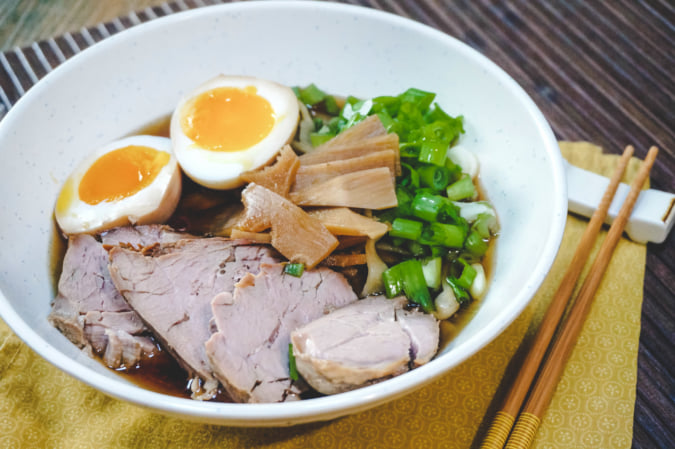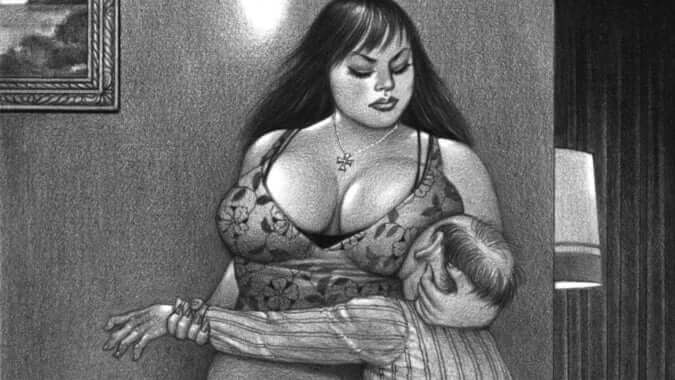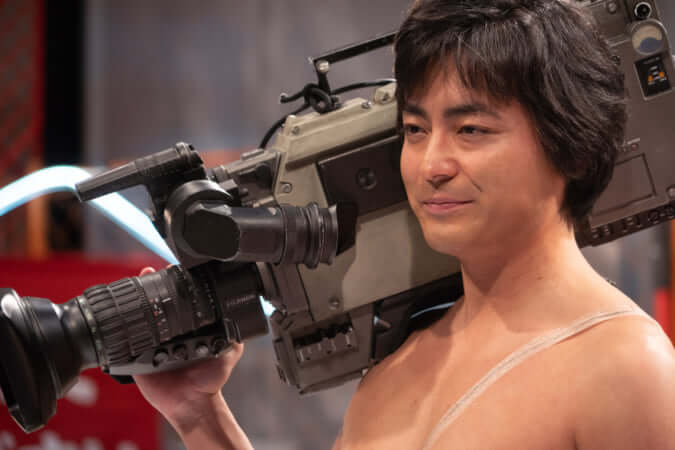Breath Control with Tomohide Ikeya
The series 'Breath' by the Japanese photographer invites the audience to reflect on the notion of control through an underwater ballet.
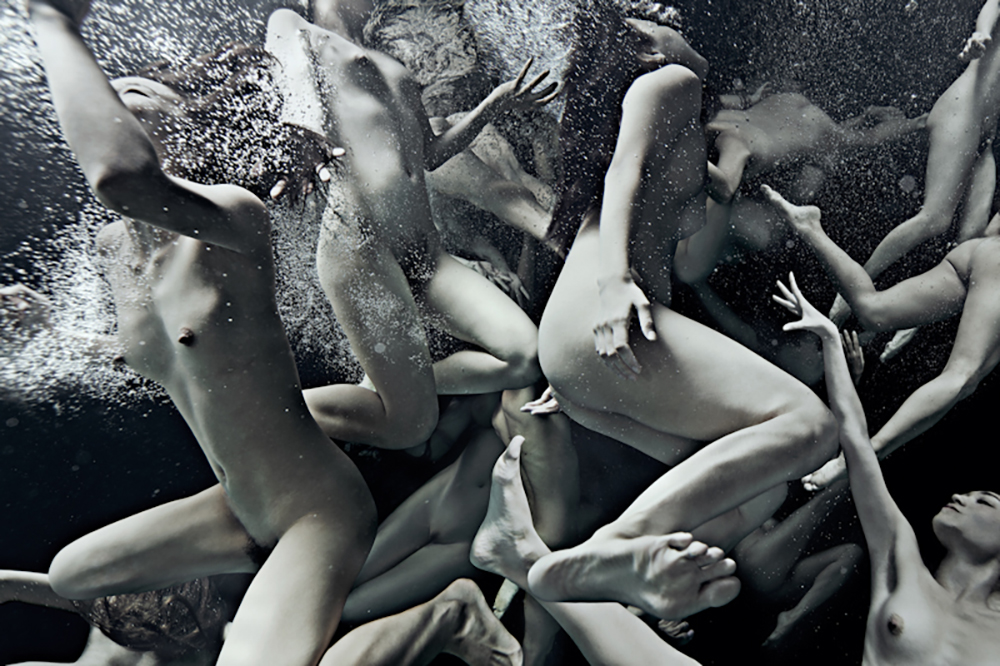
“Breath” © Tomohide Ikeya
It’s the story of a moment, a realisation that changes a life and questions one’s way of approaching and experiencing it. For Tomohide Ikeya, it was also his professional destiny that changed completely.
Originally from Kanagawa, Tomohide Ikeya was working as a chef when a friend invited him to go along to a scuba diving session one day. He took advantage of the opportunity to take photographs underwater and discovered a passion for the art. This prompted him to enrol in classes at Tokyo College of Photography and make the art form into a career. The series Breath (2008 – ongoing) offers a glimpse into his universe.
Awareness of the essential
‘As a photographer, the foundation of my work lies in expressing the concept of “control” through the relationship between humans and water’, the artist explains on his website. In a world in which humans seek to control everything, water—essential to life—often eludes their grip.
The series Breath is a collection of photographs of men and women submerged in the depths of the ocean, holding their breath, their bodies entwined in poetic arrangements, with textiles billowing delicately around them.
‘There is a limit to the number of breaths you can take. Among the many restrictions that exist in this world, this work focuses on “BREATH”, the most essential. Breathing is indispensable to us; it repeats continually during our life, and we consider death to be the point at which breathing stops. Usually, breath is invisible, and I think it never registers in our consciousness’, the photographer continues.
Tomohide Ikeya’s other series like Ocean, Wave, and Moon also examine the senses and our environment.
Breath (2008-ongoing), a series of photographs by Tomohide Ikeya, can be viewed on his website.
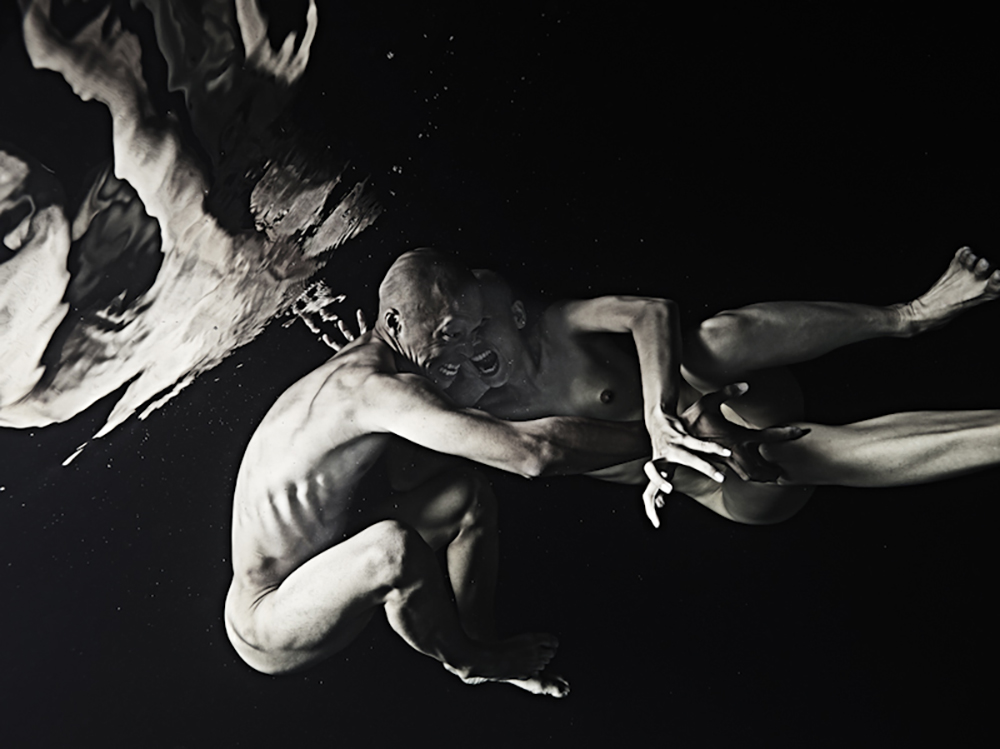
“Breath” © Tomohide Ikeya
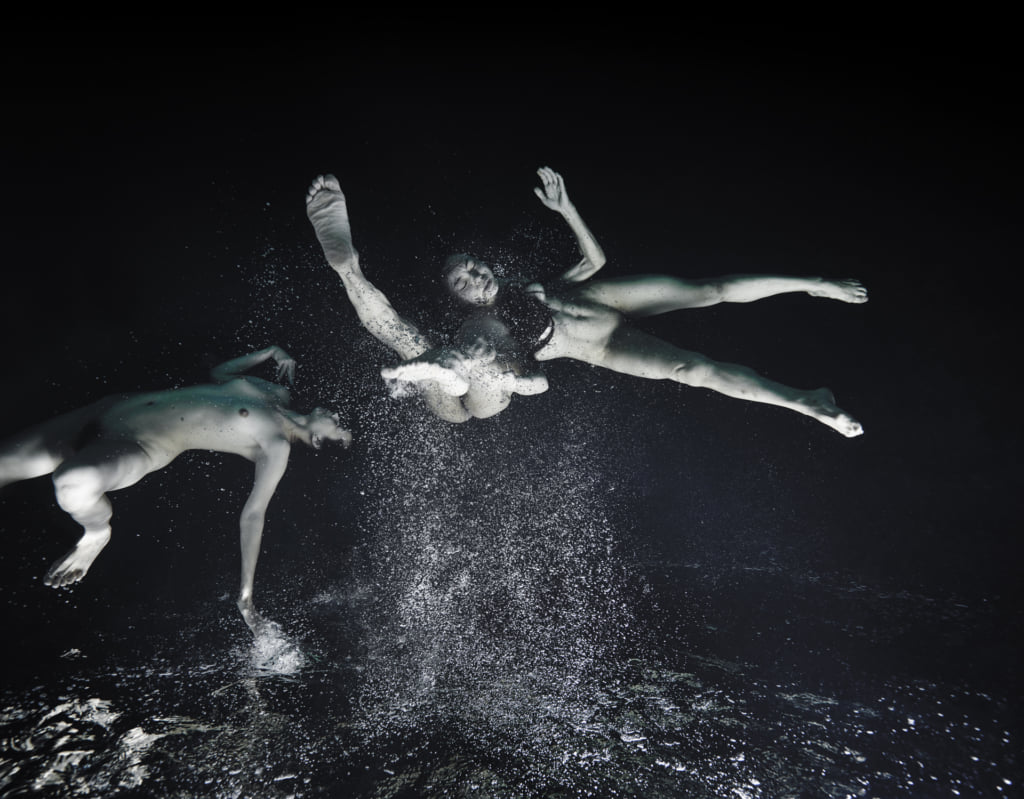
“Breath” © Tomohide Ikeya
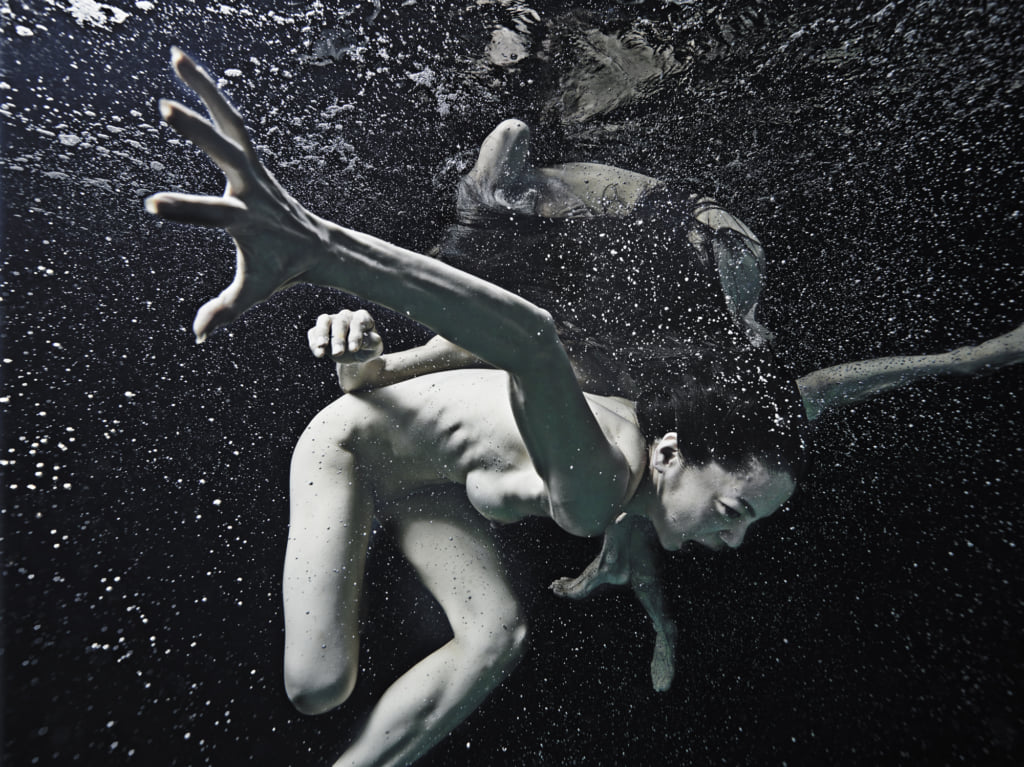
“Breath” © Tomohide Ikeya
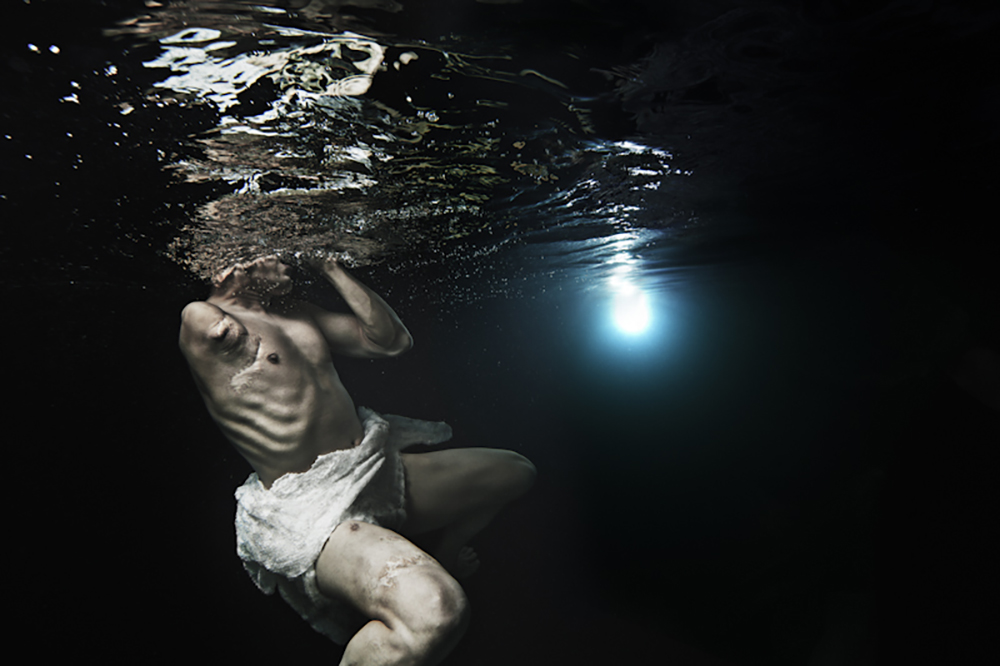
“Breath” © Tomohide Ikeya
TRENDING
-
Ishiuchi Miyako, A Singular Perspective on Women
Recipient of the 2024 Women in Motion Award, the photographer creates intimate portraits of women through the objects they left behind.

-
Recipe for Ichiraku Ramen from ‘Naruto’ by Danielle Baghernejad
Taken from the popular manga with the character of the same name who loves ramen, this dish is named after the hero's favourite restaurant.

-
Namio Harukawa, Master of Japanese SM Art
'Garden of Domina' offers a dive into the world of an icon of ‘oshiri’, whose work has now reached a global audience.

-
The Tattoos that Marked the Criminals of the Edo Period
Traditional tattoos were strong signifiers; murderers had head tattoos, while theft might result in an arm tattoo.

-
The Emperor of Japanese Porn is Now the Star of a Netflix Series
Deliciously funny, The Naked Director especially succeeds in reviving the atmosphere that was so characteristic of 1980s Japan.


